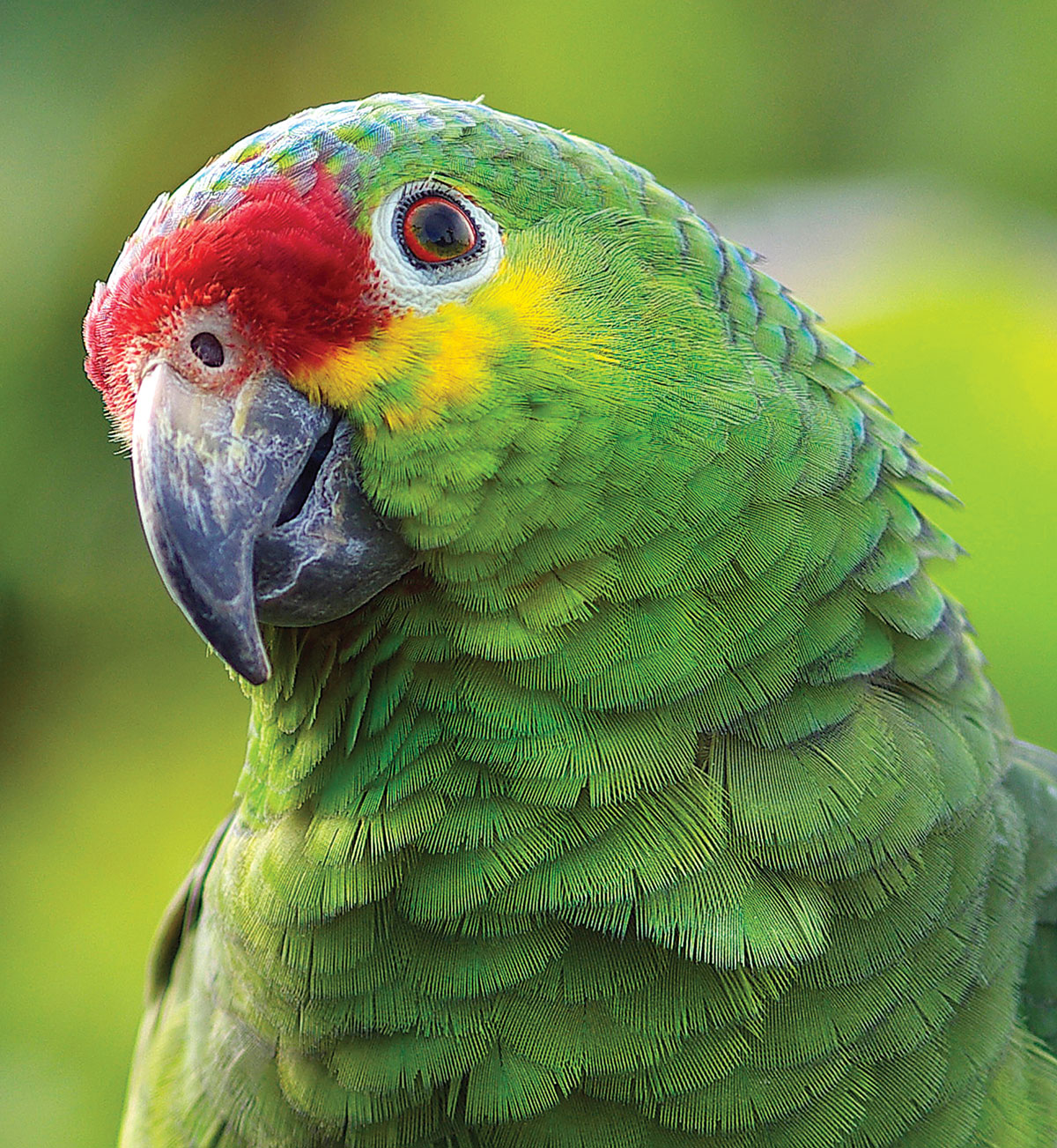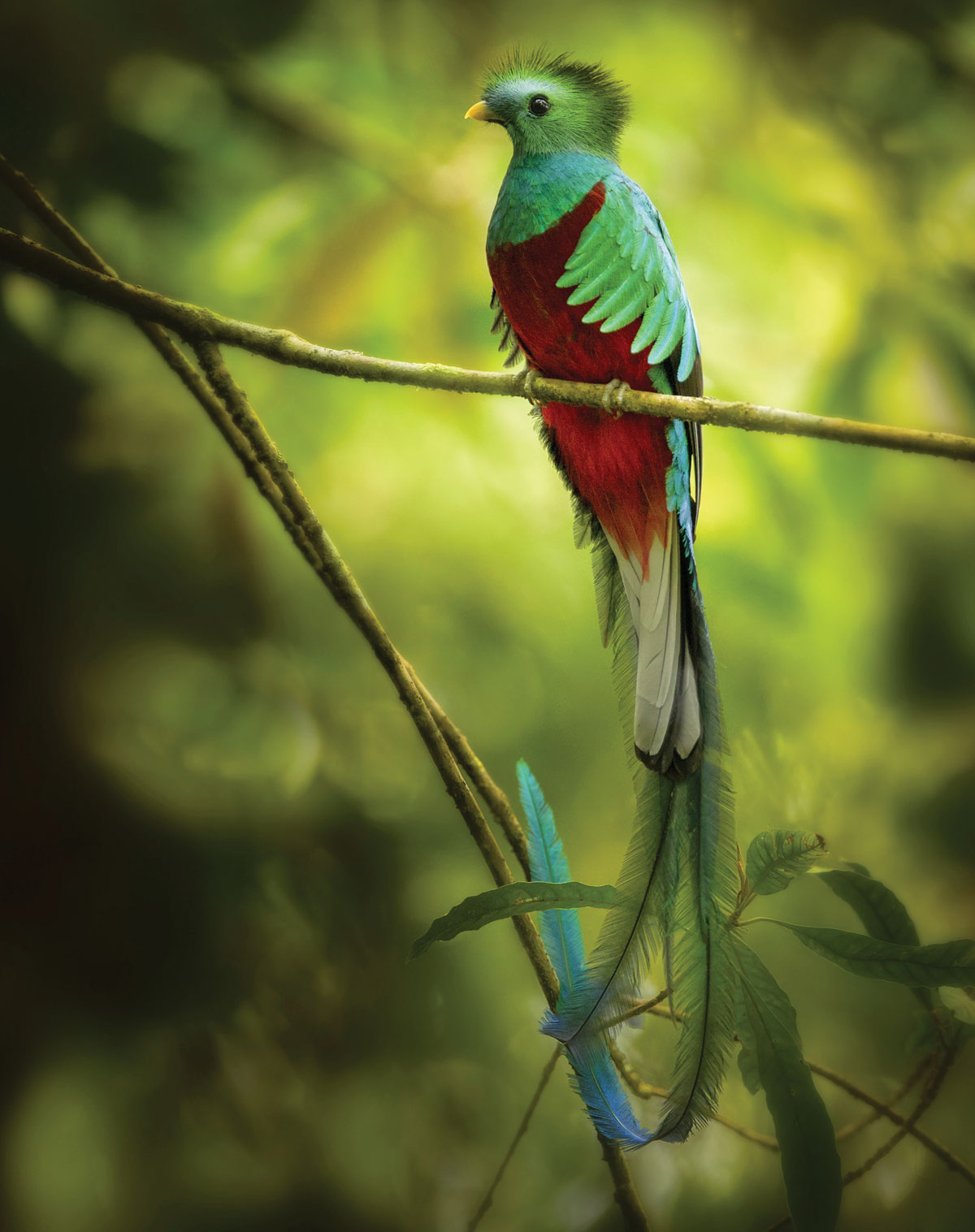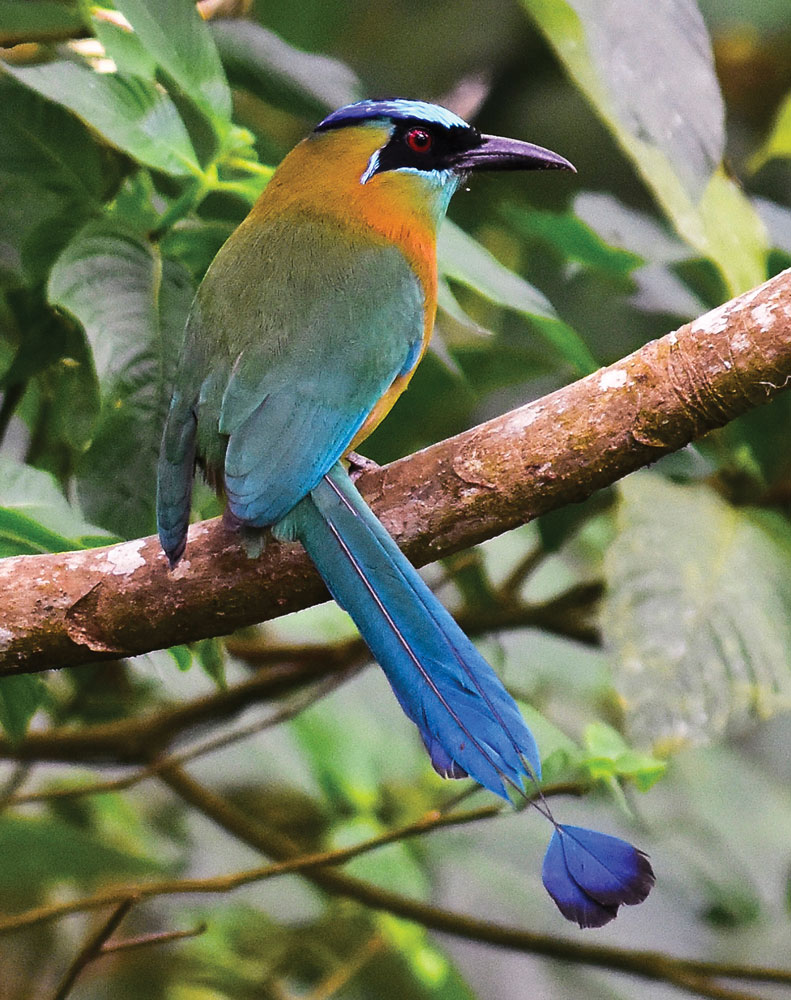Red-Lored Parrot
The Red-Lored Parrot is one of 17 species of parrots and parakeets found in Costa Rica. They are commonly seen from eastern Mexico and down south through Central America to Ecuador. Red-Lored Parrots are distinguished by the bright red color on the surface on each side of its head between
Read More



